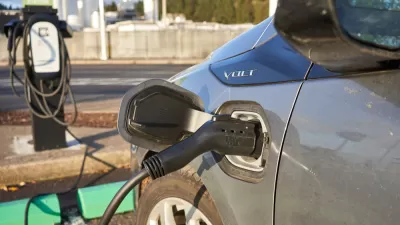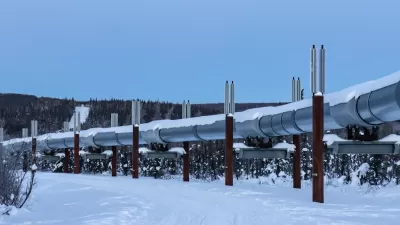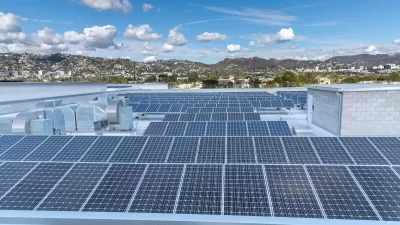Californians will determine whether to approve a $10 billion bond for climate and environmental projects, which seeks to address critical issues such as wildfire prevention, safe drinking water, and protection of disadvantaged communities.

In November, California voters will decide on a $10 billion bond aimed at funding climate and environmental projects, including those previously cut due to budget deficits. The "Safe Drinking Water, Wildfire Prevention, Drought Preparedness, and Clean Air Bond Act of 2024" (Senate Bill 867) was approved by the Senate and Assembly on the final day for ballot inclusion. The bond will finance projects for safe drinking water, drought, flood, and water resilience, wildfire and forest resilience, coastal resilience, extreme heat mitigation, biodiversity and nature-based climate solutions, climate-smart, sustainable, and resilient farms, ranches, and working lands, park creation and outdoor access, and clean air programs.
The proposed bond will be repaid with interest, potentially costing the state over $19 billion in the long term. As reported by Melody Petersen, environmental groups, renewable energy companies, labor unions, and social justice advocates heavily lobbied for this measure, emphasizing the need for robust climate action despite recent budget cuts. This bond is widely seen as crucial for mitigating the adverse impacts of climate change, which include extreme weather events, sea-level rise, and severe droughts.
A key provision of the bond requires at least 40% of the funds to benefit disadvantaged communities. However, some legislators expressed concerns that recent changes weakened this provision, potentially diverting funds from the most vulnerable populations. Additionally, hundreds of millions of dollars are earmarked for private industry, including clean energy projects like offshore wind farms, sparking debate about the allocation of these funds.
FULL STORY: $10-billion climate bond will go before voters in November

Planetizen Federal Action Tracker
A weekly monitor of how Trump’s orders and actions are impacting planners and planning in America.

Congressman Proposes Bill to Rename DC Metro “Trump Train”
The Make Autorail Great Again Act would withhold federal funding to the system until the Washington Metropolitan Area Transit Authority (WMATA), rebrands as the Washington Metropolitan Authority for Greater Access (WMAGA).

The Simple Legislative Tool Transforming Vacant Downtowns
In California, Michigan and Georgia, an easy win is bringing dollars — and delight — back to city centers.

The States Losing Rural Delivery Rooms at an Alarming Pace
In some states, as few as 9% of rural hospitals still deliver babies. As a result, rising pre-term births, no adequate pre-term care and harrowing close calls are a growing reality.

The Small South Asian Republic Going all in on EVs
Thanks to one simple policy change less than five years ago, 65% of new cars in this Himalayan country are now electric.

DC Backpedals on Bike Lane Protection, Swaps Barriers for Paint
Citing aesthetic concerns, the city is removing the concrete barriers and flexposts that once separated Arizona Avenue cyclists from motor vehicles.
Urban Design for Planners 1: Software Tools
This six-course series explores essential urban design concepts using open source software and equips planners with the tools they need to participate fully in the urban design process.
Planning for Universal Design
Learn the tools for implementing Universal Design in planning regulations.
Smith Gee Studio
City of Charlotte
City of Camden Redevelopment Agency
City of Astoria
Transportation Research & Education Center (TREC) at Portland State University
US High Speed Rail Association
City of Camden Redevelopment Agency
Municipality of Princeton (NJ)





























